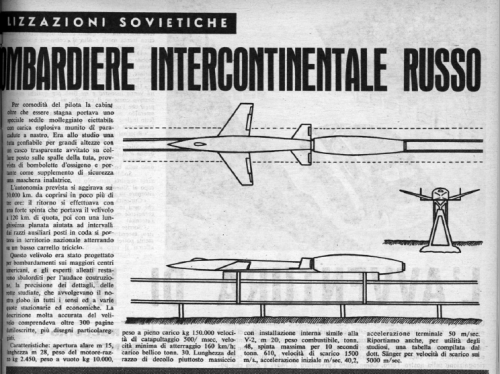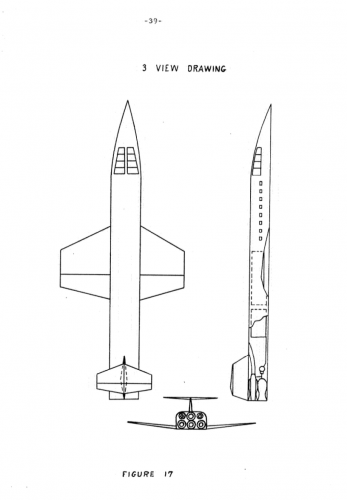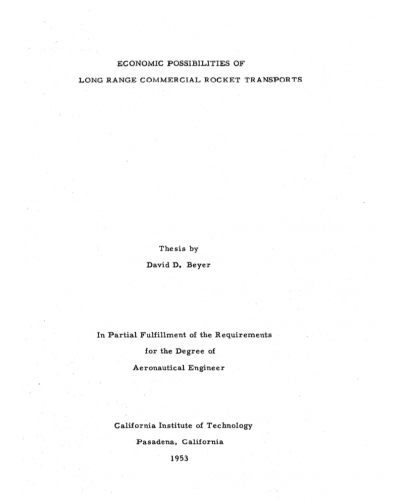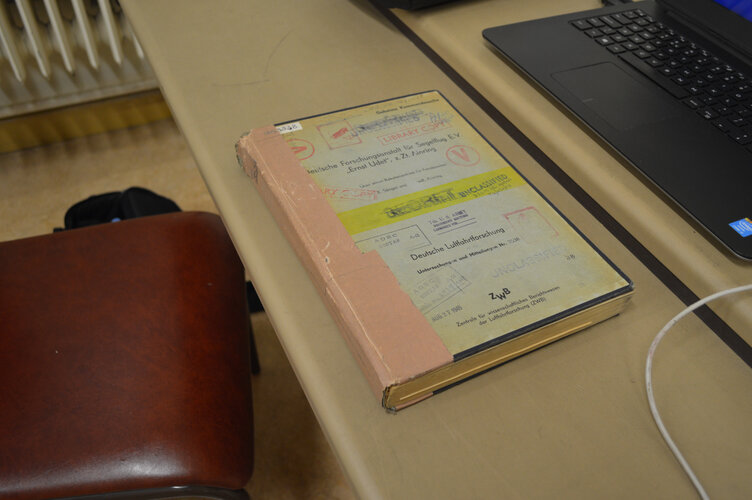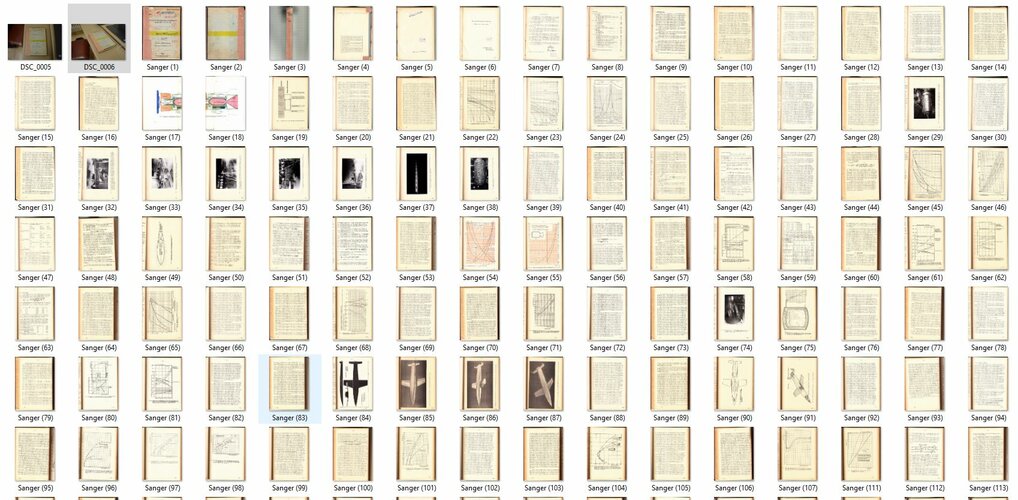Eugen Sänger was selected to be part of ESTEA, or the Employment of Scientific and Technical Enemy Aliens in which selected scientists were sent to live and work in Australia. This was handled through the British who knew they needed the space offered in Australia for projects and the relative security. He did not stay on. The Americans were aware of his work, as was Stalin, who tried to find him without success. One source states approximately 145 personnel were brought over, another states over 200. The project ran from 1949 to 1952, another source states till 1954. This fits in well with the testing of the first atomic bomb by Russia in 1949, followed by the Korean War starting in 1950. The Australians were primarily interested in German atomic/nuclear knowledge.
After being boosted along a monorail track, the takeoff weight of the Sänger bomber was 100 tons, with 90 tons being fuel. The aiming point was an intersection in New York City. Of course, speed, altitude and other calculations regarding when to release the single bomb were made. A document was found showing a destruction area of 4 kilometers. The Germans had high-temperature metals unknown in the US.

